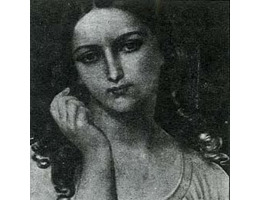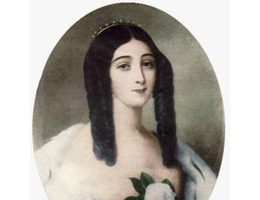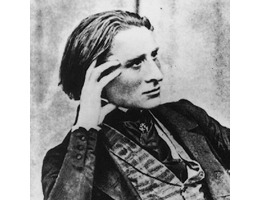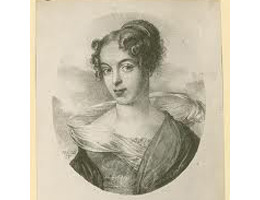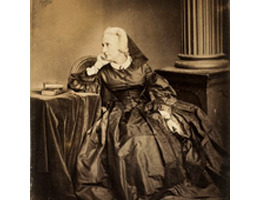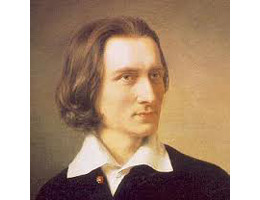Orpheus, S98/R415 For 12 years, the Villa Altenberg in Weimar became the holy shrine celebrating the religious and personal cults of Carolyne von Sayn-Wittgenstein and Franz Liszt. Working together in a church like atmosphere of religious solitude, they wrote essays,
Liszt
The differences between Marie Duplessis and Carolyne von Sayn-Wittgenstein could not have been more pronounced. Marie experienced a wretched and squalid upbringing with Daddy selling her into prostitution by age 12. Carolyne Ivanovska, on the other hand, was the only
Liszt Liebestraum After Franz Liszt had successfully escaped the ravenous attention of Lola Montez in early autumn 1845, he hastily made his way to Paris. Performing in a variety of public and salon concerts, he apparently liked to spend his
Liszt Was Liebe sei?, S288/1/R575a Was Liebe sei?, S288/2/R575b Was Liebe sei?, S288/3/R575c After a highly successful tour of Russia, Franz Liszt arrived in Berlin and played his first recital at the Berlin Singakademie on 27 December 1841. His performance
Piano Concerto No. 2 in A minor, Op. 85 (1819) While in the waning stages of his relationship with Marie d’Agoult, Franz Liszt would deliberately forget to put their “fidelity ring” on his finger. “I felt a curious pleasure in
Franz Liszt Annees de pelerinage, 2nd year, Italy, S161/R10b In the second volume of his “Years of Pilgrimage” (Deuxième année: Italie), Franz Liszt musically recalls some of the emotionally fulfilling days traveling in the company of his lover Marie d’Agoult.
Franz Liszt Annees de pelerinage, 1st year, Switzerland, S160/R10 Following the tragic death of her daughter Louise, Marie d’Agoult found herself pregnant with Franz Liszt’s child. Since she was still married to Charles d’Agoult, it was impossible to stay in
“She was beautiful, very beautiful, a Lorelei: slender, of lofty bearing, enchantingly graceful and yet dignified in her movements, her head proudly raised, with an abundance of fair tresses, which waved over her shoulders like molten gold, a regular, classic

